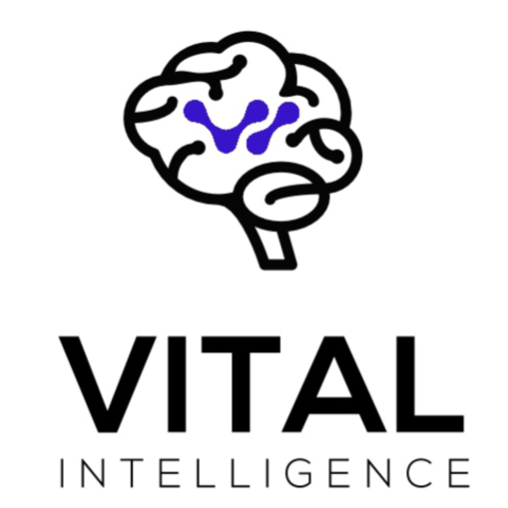
Emotions hold a significant influence over our daily lives. They dictate our reactions, interactions, and even our personal achievements. Over the past few decades, the importance of understanding and managing emotions has become increasingly clear. One of the emerging concepts in this domain is “Emotion Crafting” (EC), a term that promises a fresh approach to how we engage with our emotions.
The Structure of Emotion Crafting
To truly grasp the power and potential of Emotion Crafting, one needs to first understand its internal structure. Research into the Emotion Crafting Scale has provided some compelling insights.
A Dual Model of Emotion Crafting
Initial investigations into the structure of the Emotion Crafting Scale posited two distinct factors:
- Awareness: This pertains to understanding the contexts that can elicit positive emotions.
- Action: This involves taking proactive measures to experience these positive emotions.
Indeed, the research supported this 2-factor model more strongly than a single-factor solution. It’s a little like understanding that rain makes you wet (awareness) and then deciding to carry an umbrella when the forecast predicts rain (action).
However, the study isn’t without its complexities. Two particular items on the scale seemed to blur the lines between awareness and action. Despite these minor hiccups, after some refinements, the 2-factor model stood firm across various versions of the Emotion Crafting Scale.
Is the Emotion Crafting Scale Reliable?
A scale is only as good as its reliability. Fortunately, both the awareness and action components of the Emotion Crafting Scale displayed strong reliabilities. Such robustness wasn’t just limited to the general version of the scale, but was also observed across emotion-specific versions.
Differentiating Emotion Crafting from Other Emotional Measures
The Emotion Crafting Scale didn’t just emerge in isolation. It was developed against a backdrop of other Emotional Regulation (ER) measures. What makes EC stand out?
The research indicated that while there are overlaps with other ER strategies, Emotion Crafting holds its own unique position. Specifically, the awareness aspect of EC displayed a negative relationship with maladaptive emotional strategies. However, the relationship between EC and strategies for regulating negative emotions is moderate, indicating that they’re distinct concepts.
Emotion Crafting and Psychological Well-being
If Emotion Crafting is effective, it should have a noticeable impact on psychological well-being. The research certainly backs this up. For instance, women reported a higher level of both awareness and action in Emotion Crafting than men. Furthermore, a positive correlation exists between Emotion Crafting and positive affect. This positive affect, in turn, is linked to a higher sense of well-being and fewer internalizing symptoms.
It’s essential to highlight that Emotion Crafting’s benefits aren’t just limited to a generalized sense. When specific emotions were taken into account (like happiness, satisfaction, enthusiasm, etc.), the results paralleled those of the general Emotion Crafting Scale, proving its adaptability and applicability across a spectrum of emotions.
Conclusion
Emotion Crafting is not just another term in the vast lexicon of emotional intelligence. It stands as a testament to the ever-evolving understanding of human emotions. The power of recognizing potential emotional triggers (awareness) and then actively engaging in pursuits that elicit positivity (action) holds immense promise for both individuals and the broader psychological community.
As the world continues to grapple with complexities, both external and internal, tools like the Emotion Crafting Scale offer a beacon of hope. They remind us that while we can’t always control what happens to us, we certainly have a say in how we respond emotionally.
